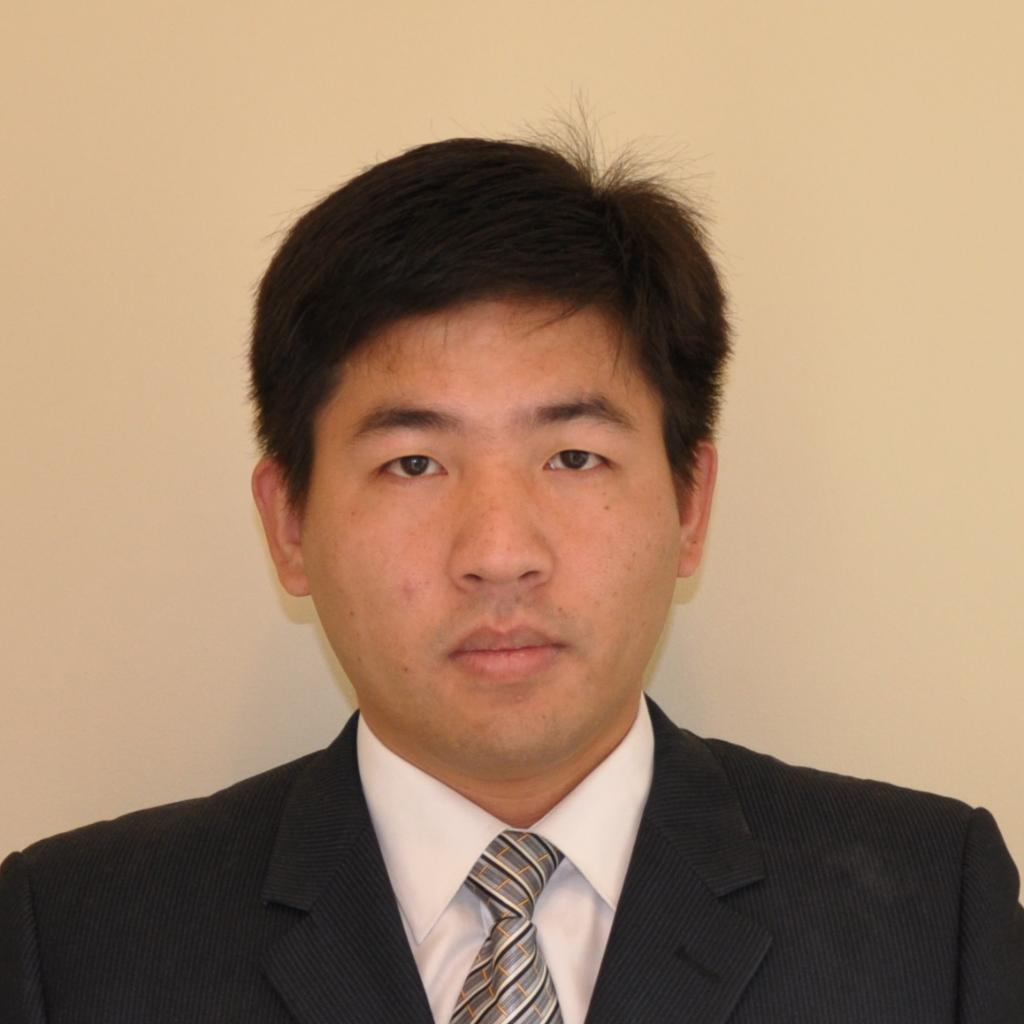
李亮 博士 副教授
上海理工大学9001cc金沙副教授,主要从事水污染控制研究,包括电化学氧化还原法去除水体中氨氮及硝酸盐、催化臭氧法去除水体中难降解有机物等。主持国家自然科学基金青年项目、上海市科委基础研究重点项目、上海市教委上海市教育基金会“晨光计划”等多项研究课题。获得过“晨光学者”、国家优秀留学生等荣誉称号。
联系方式:
Email: liliang@usst.edu.cn
联系地址:上海市军工路516号上海理工大学9001cc金沙321室
教育经历
2007.8 ~2010.12 美国犹他大学市政与环境工程学院环境工程专业博士
2004.9~2007.7 复旦大学环境科学与工程系环境工程专业硕士
2000.9 ~2004.7 复旦大学环境科学与工程系环境科学专业学士
目前主要研究方向:
电化学氧化还原法及催化臭氧法去除水体中污染物
部分论文:
[1] Huang, Y., Cui, C., Zhang, D., Li, L.*, and Pan, D. 2015. Heterogeneous catalytic ozonation of dibutyl phthalate in aqueous solution in the presence of iron-loaded activated carbon. Chemosphere 119, 295-301.
[2] Li, L., Song, C., Huang, Y., and Zhou, Y. 2015. Enhanced electrolytic removal of ammonia from the aqueous phase with a zeolite-packed electrolysis reactor under a continuous mode. Journal of Environmental Engineering, 141 (2), 04014056-1-8
[3] Li, L., Fang, X., Zhang, D., Huang, Y. 2015. The adsorption and oxidation of ammonia in granular activated carbon packed three-dimensional electrode reactor. International Journal of Electrochemical Science 10 (5): 4083-4089
[4] Huang, Y. and Li, L.* 2014. Biodegradation characteristics of naphthalene and benzene, toluene, ethyl benzene, and xylene (BTEX) by bacteria enriched from activated sludge. Water Environment Research 86, 277-284.
[5] Huang, P., Li, L., Kotay, S. M., and Goel, R. 2014. Carbon mass balance and microbial ecology in a laboratory scale reactor achieving simultaneous sludge reduction and nutrient removal. Water Research53, 153-167.
[6] Huang, Y., Hong, A., Zhang, D., and Li, L*. 2014. Comparison of cell rupturing by ozonation and ultrasonication for algal lipid extraction from Chlorella vulgaris. Environmental Technology 35, 931-937.
[7] Huang, Y., Song, C., Li, L*., and Zhou, Y. 2014. The mechanism and performance of zeolites for ammonia removal in the zeolite packed electrolysis reactor. Electrochemistry 82, 557-560.
[8] Li, L., Huang, Y., and Liu, Y. 2013. Electrolytic removal of ammonia from aqueous phase by Pt/Ti anode. Water Science & Technology 67, 2451-2457
[9] Huang, Y., Li, L*., and Song, C. 2013. Effect of phosphorus and nitrogen levels on the lipid production of Chlorella vulgaris and evaluation of ultrasound assisted lipid extraction. Fresenius Environmental Bulletin 22, 2848-2854.
[10] Li, L., and Goel, R. 2012. Biodegradation of naphthalene and BTEX by using batch and membrane bioreactor. Environmental Engineering Science, 29, 42-51.
[11] Dai, R.; Liu, Y.; Liu, X.; Zhang, X.; Zeng, C.; Li, L., Investigation of a sewage-integrated technology combining an expanded granular sludge bed (EGSB) and an electrochemical reactor in a pilot-scale plant. Journal of Hazardous Materials 2011, 192 (3), 1161-1170.
[12] Li, L.; Goel, R. 2010. Role of hydroxyl radical during electrolytic degradation of contaminants, Journal of Hazardous Materials 181, 521-525.
[13] Li, L., and Liu, Y. 2009. Ammonia removal in electrochemical oxidation: Mechanism and pseudo-kinetics. Journal of Hazardous Materials 161, 1010-1016.
[14] Liu, Y., Li, L., and Goel, R. 2009. Kinetic study of electrolytic ammonia removal using Ti/IrO2 as anode under different experimental conditions. Journal of Hazardous Materials 167, 959-965.
[15] Huang, L., Li, L., Dong, W., Liu, Y. and Hou, H. 2008. Removal of Ammonia by OH Radical in Aqueous Phase. Environmental Science & Technology 42, 8070-8075.

